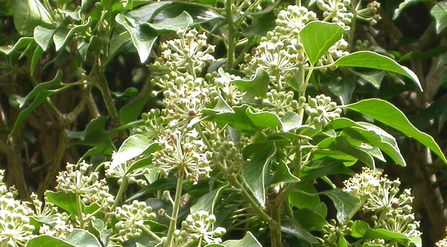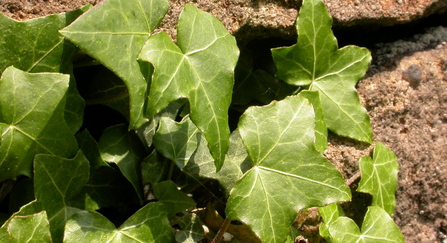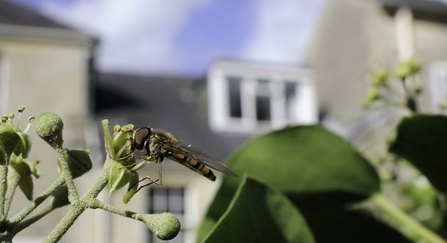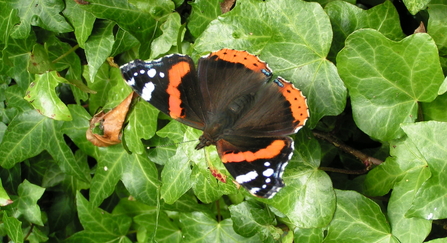Ivy with its propensity to engulf trees and abandoned buildings has made it a target for enthusiastic removal. Yet, more recently, popular opinion is turning in its favour.
A study commissioned by Oxford University on behalf of Historic England in 2017 provides reassurance. Ivy cannot bore into buildings, and damage where it grows into existing defects can be prevented by careful pruning. In fact, the study demonstrated that ivy has some key benefits to buildings. It buffers extremes of temperature and humidity, as well as reducing severity of frosts. Ivy foliage was also shown to be an effective trap of fine airborne particulates and reduces the amount of pollution reaching the walls.





